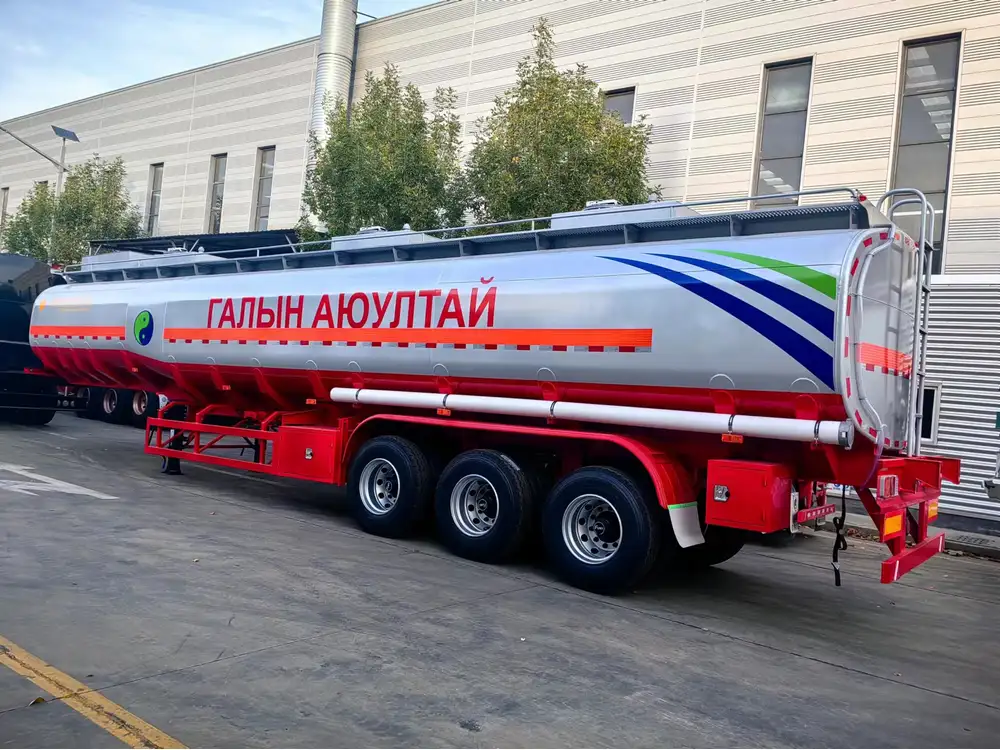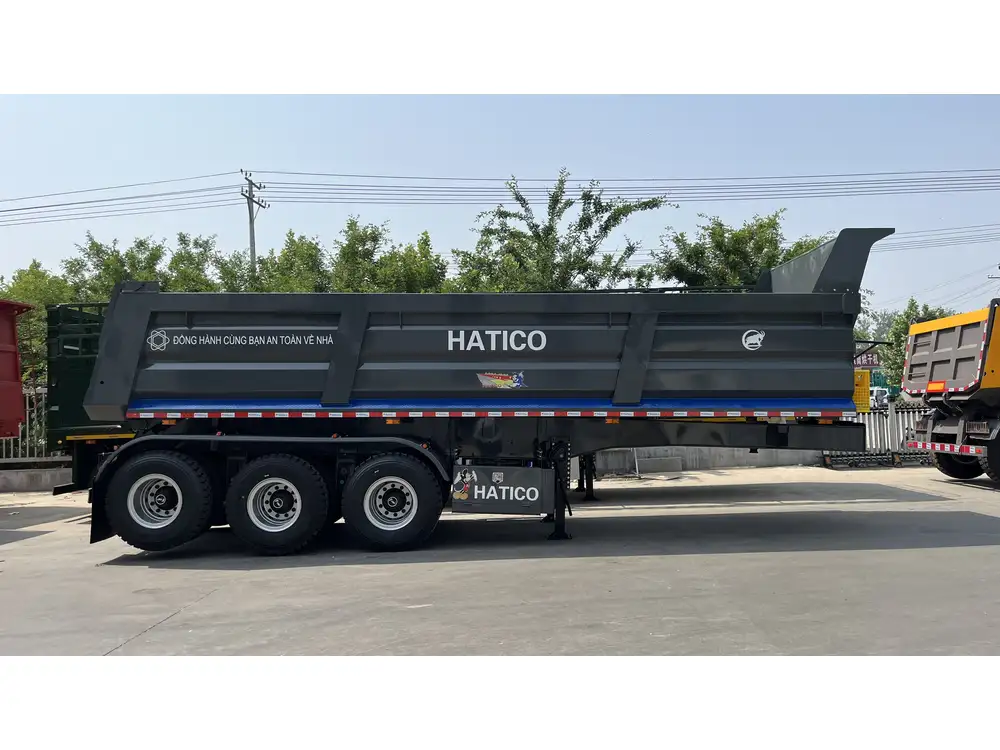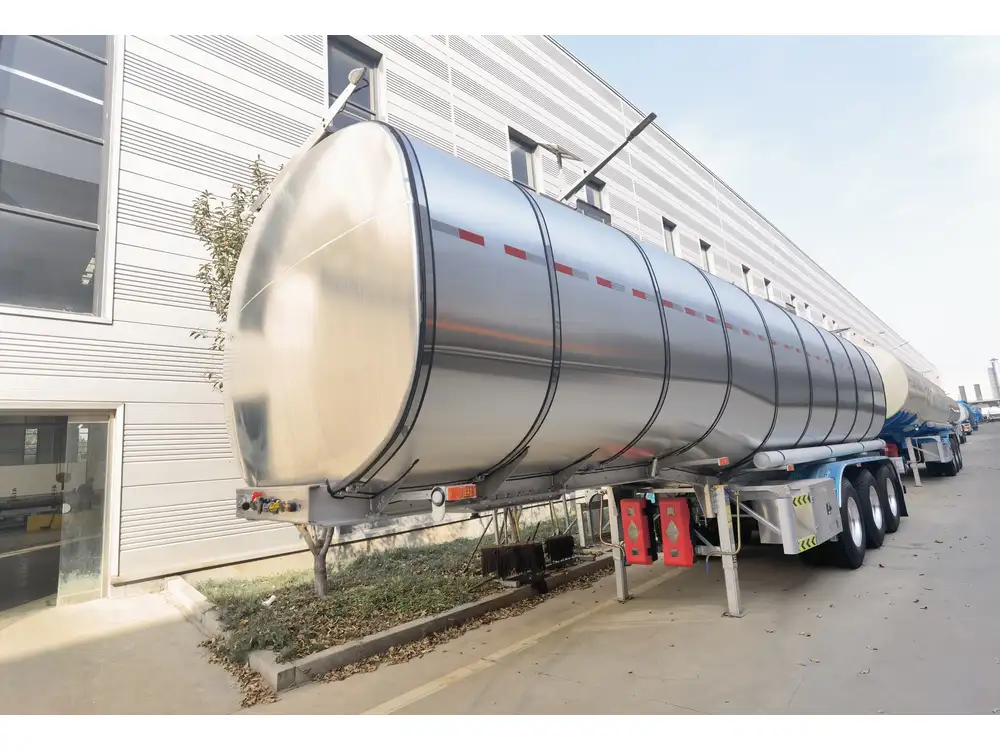When considering the purchase or rental of a car trailer, the fundamental question arises: how much can a car trailer carry? It’s essential to grasp not only the maximum weight capacity but also the various factors that influence this capacity. This comprehensive guide aims to elucidate these details, providing insights and breaking down the complexities surrounding car trailers’ weight capacities.
1. Types of Car Trailers and Their Capacities
Car trailers are diverse in design, structure, and intended use. Understanding the classifications can aid in identifying the right type for your needs. Below are the main types of car trailers, along with their typical weight capacities:
| Type of Trailer | Typical Weight Capacity | Description |
|---|---|---|
| Open Car Trailers | 2,700 – 7,000 lbs | These are bare-bones trailers often equipped with ramps; ideal for vehicles without significant bodywork. |
| Enclosed Car Trailers | 3,000 – 10,000 lbs | Enclosed trailers provide additional protection from elements and theft; they’re often heavier due to their construction. |
| Car Haulers | 3,000 – 6,500 lbs | Sturdy builds allow for hauling heavier vehicles; frequently used in auto transport businesses. |
| Specialized Car Trailers | Varies by specification | Options like motorcycle trailers, sports car haulers, and tow dollies fall into this category. |
1.1 The Weight Myth: Understanding Deceptive Terminology
It’s critical to differentiate between various weight measurements often cited:
- Gross Vehicle Weight Rating (GVWR): This is the maximum permissible weight of the trailer and its load. Exceeding this weight can lead to serious safety issues.
- Unloaded Vehicle Weight (UVW): This refers to the weight of the trailer itself without any cargo.
- Payload Capacity: The maximum allowable weight of the cargo itself. This can be calculated by subtracting the UVW from the GVWR.

1.2 Real-World Implications of Trailer Weight Capacity
Understanding these terms helps in effectively evaluating the load a car trailer can handle. For example, if a trailer has a GVWR of 7,000 lbs and an UVW of 2,500 lbs, the payload capacity would be 4,500 lbs. Such calculations ensure that the trailer is loaded within safe limits.
2. Factors Influencing Car Trailer Load Capacity
It’s not merely about the trailer’s specifications; various factors can impact the overall load capacity. Below are significant considerations:
2.1 Trailer Build Quality and Materials
The construction of the trailer plays a vital role in its carrying capacity. Trailers manufactured with high-strength steel or aluminum tend to be more robust, thus can support heavier loads.

2.2 Axles and Suspension Systems
The number of axles can significantly affect the load distribution. Dual-axle trailers typically can carry more weight than single-axle counterparts, thanks to better weight distribution and stability under load. High-quality suspension systems also contribute to load capacity and driving stability.
2.3 Tires: Unsung Heroes
The tires fitted on the trailer are indispensable components that bear the load. Ensure that the tires are rated for the intended weight. Additionally, maintaining proper tire pressure is crucial in preventing blowouts and ensuring safety.
2.4 Hitch Ratings
Every towing vehicle has a specific hitch rating. It is imperative that the trailer weight does not exceed the hitch’s capacity, as this could compromise control and safety while towing.

2.5 Weight Distribution
Proper weight distribution across the axles also affects load capacity. An uneven distribution can lead to sway while towing, turning the trailer into a hazardous load.
3. Calculating Load Capacity Effectively
Carrying the right amount of weight on a trailer is a careful balance of various factors. Here’s a detailed process for determining how much your trailer can carry:
- Identify Your Trailer’s Specifications: Start with MVC (Maximum Vehicle Capacity) information provided by the manufacturer.
- Weigh Your Trailer: Use a certified scale to obtain the UVW.
- Determine Payload Capacity: Subtract UVW from GVWR to find out how much additional weight you can safely carry.
- Consider Your Load: Be realistic about what you’re hauling. Some items, because of their shape, size, or distribution, might affect handling and weight distribution.
- Account for Additional Equipment: Remember to include the weights of any additional equipment, tools, or accessories loaded onto the trailer.
Example Calculation
Let’s illustrate with a hypothetical trailer:
- GVWR: 6,000 lbs
- UVW: 2,200 lbs
- Calculate Payload Capacity:
In this scenario, the trailer can safely carry up to 3,800 lbs.

4. Safety Considerations When Loading a Trailer
Ensuring the safe transportation of vehicles and cargo is paramount. Here’s how to enhance your trailer experience:
4.1 Load Positioning
Distributing weight correctly can prevent swaying and instability. Place the heaviest items over or slightly in front of the axles, allowing for better control.
4.2 Usage of Tie-Downs
Always use appropriate tie-downs to secure cargo. This prevents shifting while in transit and adheres to safety regulations.

4.3 Regular Inspections and Maintenance
Before every journey, conducting a thorough inspection can prevent accidents. Check the trailer’s lights, brakes, and tires, ensuring everything is in optimal condition.
4.4 Understanding Local Laws
Different states or regions may have regulations regarding weight limits, requiring permits for heavy loads. Familiarize yourself with these laws before traveling.
5. Common Mistakes to Avoid
Despite extensive knowledge of load capacities and safety, mistakes can happen:
- Overloading the Trailer: Exceeding GVWR compromises safety and vehicle integrity.
- Ignoring UVW: Not accounting for the trailer’s own weight before deciding what to load.
- Poor Weight Distribution: Failing to position cargo properly can lead to dangerous driving situations.
- Neglecting Maintenance: Ignoring regular checks on tire pressure and brakes can lead to failure during transit.

6. Conclusion
Choosing the right car trailer and understanding its carrying capacity are vital for safe and efficient transportation. Armed with the right information about types, factors affecting capacity, and safe practices, you can confidently navigate your trailer experience. The interplay of weight calculations, distribution strategies, safety practices, and regular maintenance paints a comprehensive picture that aligns perfectly with your hauling needs.
By understanding how much a car trailer can carry, you can ensure that your transport tasks are completed effectively, safely, and in accordance with all applicable standards and regulations. Whether you’re transporting heavy machinery, classic cars, or just processional cargo, knowledge is your best tool for success in the realm of trailer management.



